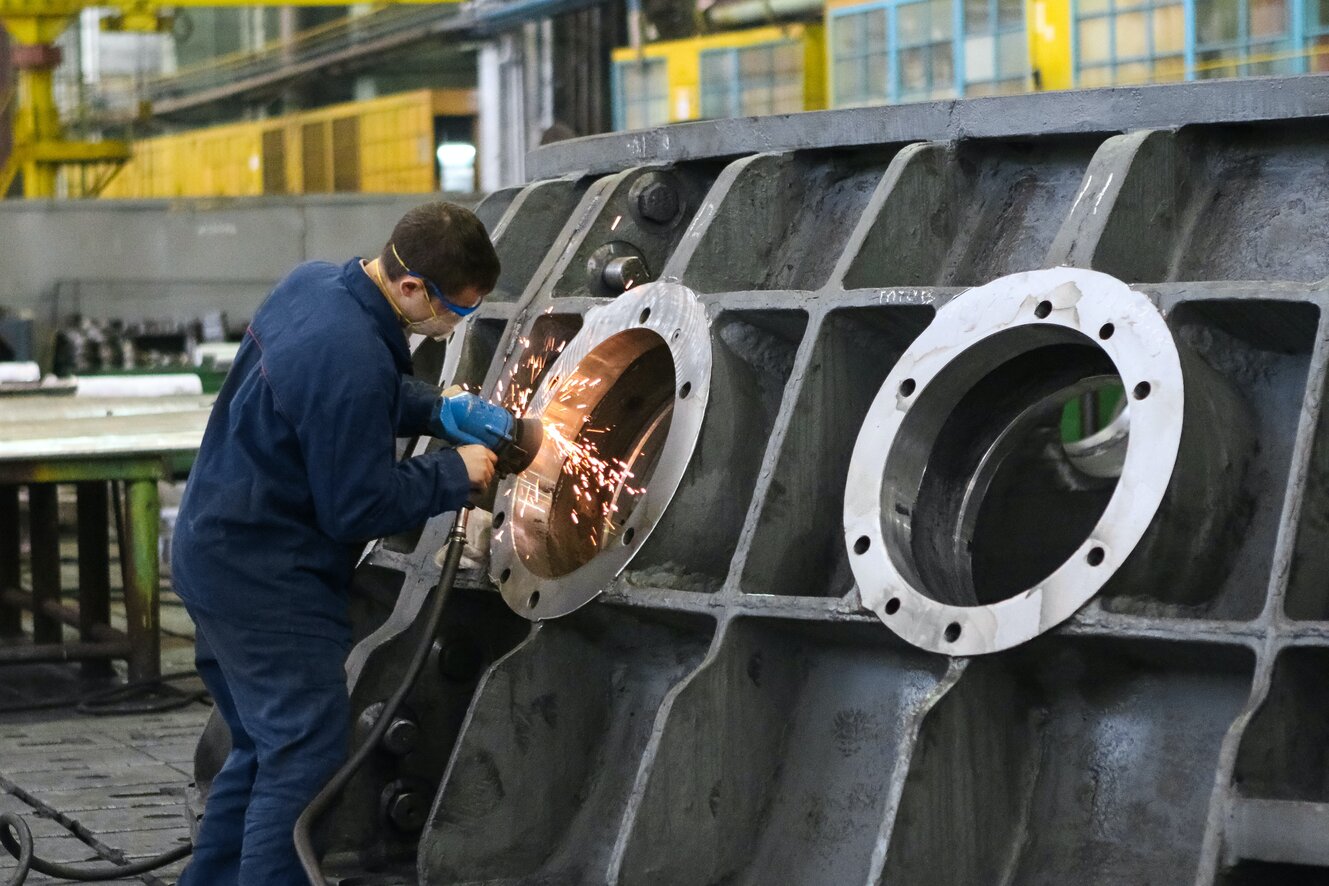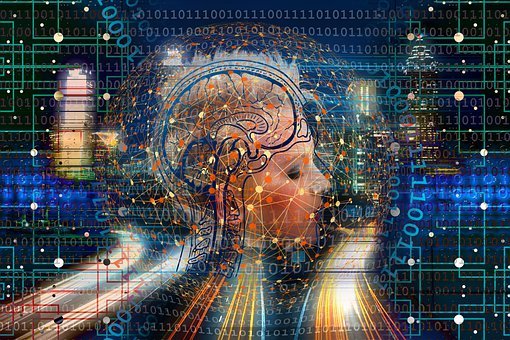
While it has been reiterated over and over that ‘Data Science is the sexiest job of the 21st century’, the statement certainly doesn’t lack truth. The past decade has witnessed a massive number of career transitions to this domain. Even still, there is a lack of competition making it a lucrative career option. Let’s see why Data Science is considered the career of the future.
Introduction
Today, Data Science is a buzzworthy career. It is here to stay and provide numerous opportunities to people who love studying and working with data. But the bigger question is why Data Science is believed time and again to only grow from the current trends and continue to have a significant hold in the future. How is it making valuable contributions to organizations and societies at large? Let’s take a look!
Reasons Why Data Science is the Future
Below are six reasons that solidify data science as the career of the future.
Data Management Challenges
Businesses have access to data from customers regarding orders, transactions, website interactions, and all other kinds of data that can give them insights into their performance as a whole. The real challenge arises when they have to manage the quick-growing data or analyze or categorize them.
Knowing its potential that if they could analyze this information properly, they’d have a competitive edge over others only makes it more obvious for them to hire data experts. Data scientists can help companies make progress and make this investment in data science worth it over time.
Data Privacy Regulations
The General Data Protection Regulation (GDPR) took effect for countries in the European Union in 2018. It increased the reliance the companies have on data scientists for real-time analytics and responsible handling and storing of data.
People are understandably more wary about giving access to their information to businesses because data breaches are real and happen quite often with severe consequences. The GDPR also ensures that customers can request the removal of some kinds of data by the companies, and also have the right to understand where and how they store such information.
Companies can no longer be irresponsible with data. These new data privacy regulations have resulted in an increase in demand for data scientists. Data scientists can help businesses work with data in a beneficial way that also aligns with the privacy regulations.
Continuous Evolution of Data Science
Any career without growth potential ends up stagnant. This usually means that the jobs in the field must try to remain relevant through drastic changes. This is not the case at all for data science as it offers abundant room to evolve over the years. This is great news for people who want to enter the field.
The only change likely to become prominent is that the job titles in data science will get more specific. A data scientist at one company does not necessarily have the same job profile as a data scientist at another enterprise. Those aspiring to build a career in data science can take up specialized Data science training and work on something that is most meaningful to them.
In-demand Data Science Skills
For a decade, the majority of data science graduates have been recruited for data science jobs. If this is not an indicator of data science careers having a promising future, then the dramatic increase in data science job openings and opportunities is a definite one. Indeed reports a steady increase in the number of data science jobs that have been listed on their portal over the years.
Exponential Data Growth
As data is generated daily, most people don’t even think much about it. As per a study conducted by Seagate US about current and future data growth, the number of consumers that interact with data regularly will reach 6 billion by 2025, which represents three-quarters of the world’s population. Additionally, the amount of data in the world has been projected to show a rise to 133 zettabytes by 2025.
The above data shows that data generation is on the rise, and data scientists will be at the forefront of helping enterprises use it effectively.
Career Advancement Opportunities
One of the reasons why data science has a top spot when it comes to career is because the average salary for professionals in this role is about US$130,000 per annum. LinkedIn had done a study on the likelihood of professionals getting promotions and gave data science a career advancement score of 9 out of 10.
Employees must, of course, show the initiative to seize opportunities as they come to excel in this field, but the study implies that companies actually intend to keep data scientists for the long run. If businesses didn’t view data scientists as valuable assets, they likely wouldn’t offer promotions.
Conclusion
The above list clearly establishes why the data scientist role has become an indispensable asset and necessity for today’s businesses and those of the future. If you’re getting ready to learn data science, work in the field, or are currently working in the field, you should be confident in what the future holds for this career.

Your go-to source for the latest in tech, finance, health, and entertainment, with a knack for distilling complex topics into accessible insights, We deliver timely updates on the ever-evolving landscapes of technology, finance, health, and entertainment











